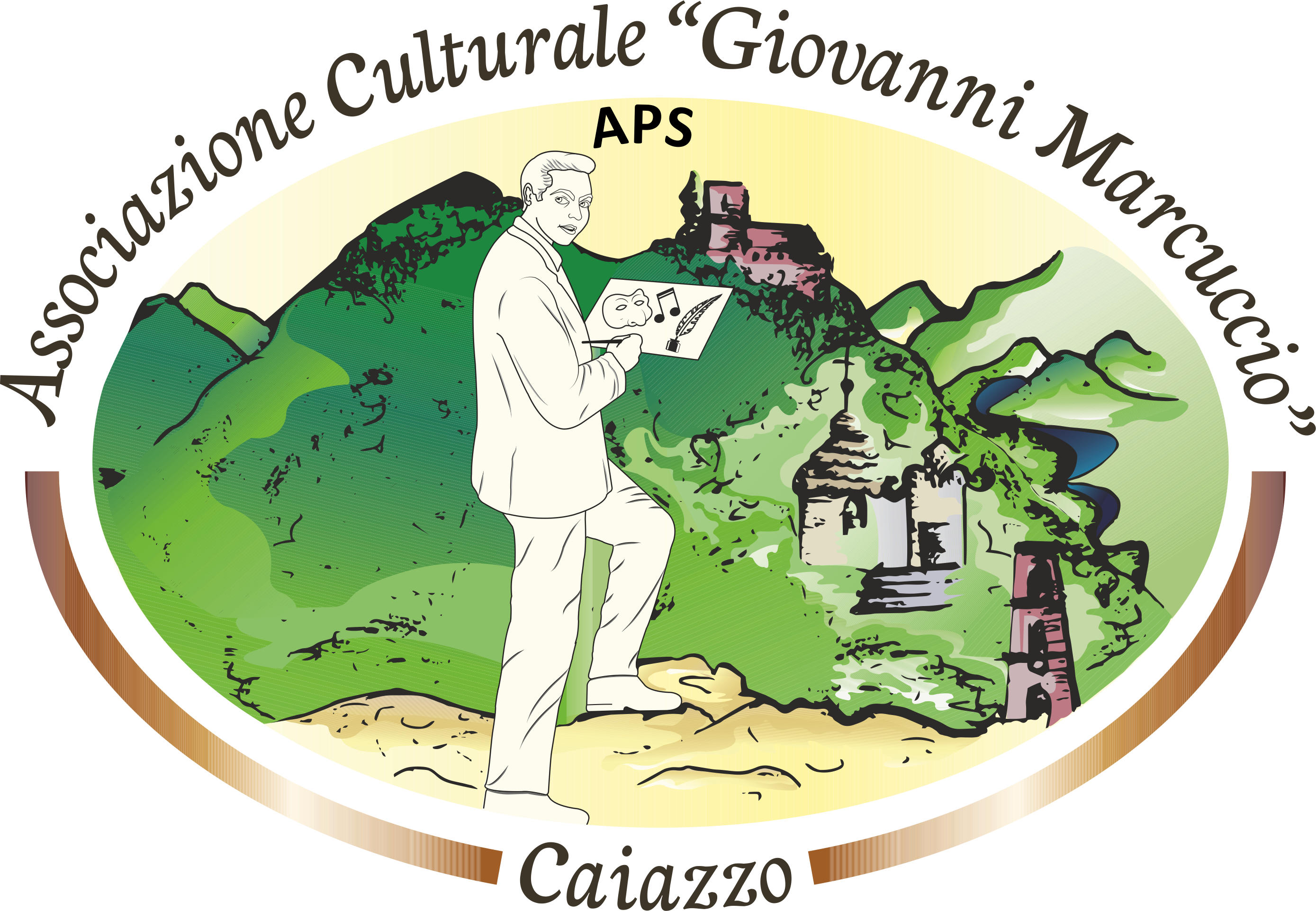The Interiors of the Castle
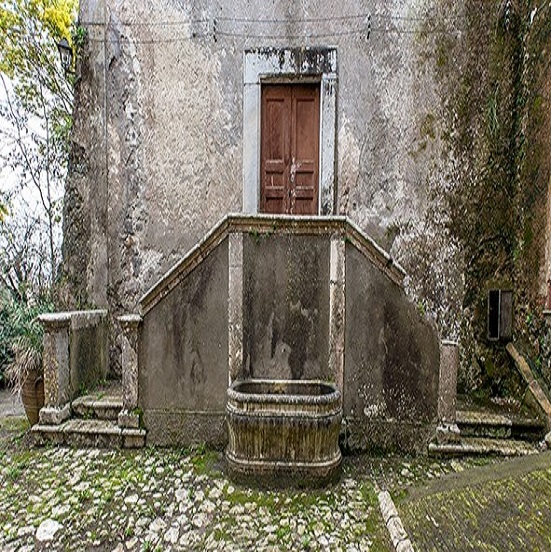
Area in front of the Church of S. Maria a Castello
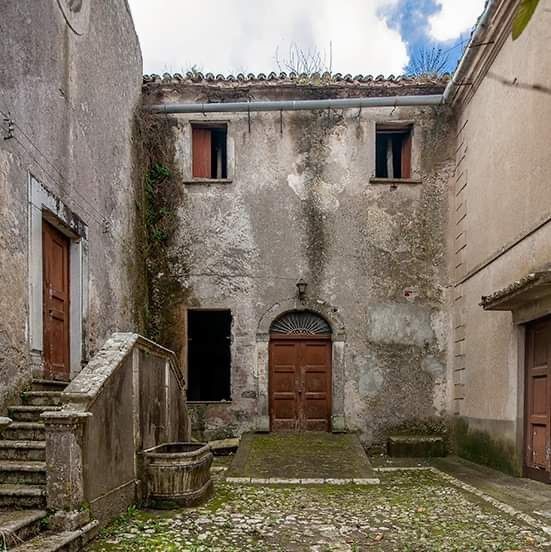
Area in front of the Church of S. Maria a Castello
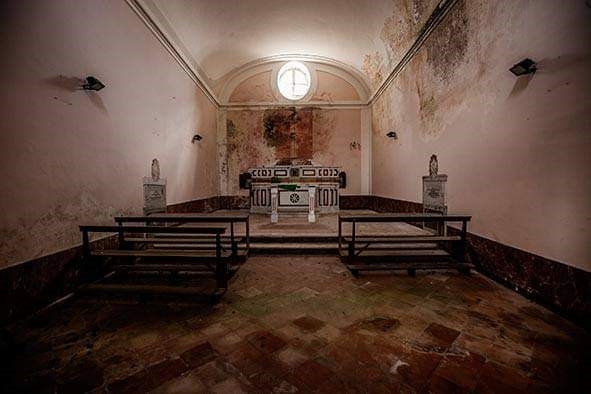
Church of Santa Maria a Castello (inside)
Church of Santa Maria a Castello (inside)
The first building on the left, the oldest, consists of a church which responds to the name of Santa Maria a castello which was built in 1116 by Count Roberto. It is accessed via a double flight of stone stairs. The interior has a single room and has a marble altar and two tomb slabs on the sides.
According to Melchiorri, under the church in the castle there was a small temple where pregnant women and mothers who are unable to breastfeed flocked to ask for pardon.
The oldest element of the chapel is the marble inlaid floor of the altar.
The inscription on the left of the nave with the arms of the Corsi family recalls that in 1832 the heir of the Americo family had the chapel restored.
The presence of Parian marble is due to the fact that in the nineteenth century the most popular destinations were the Middle East, Morocco the Greek islands and exotic destinations in general. It is reasonable to think that the Marquis Orsi had brought back with him from one of his trips the material and the workers needed to embellish the castle chapel.
On the left there is a non-marble plaque dedicated to the memory of the daughter of Aloysia Corsi of Americo who died very young.
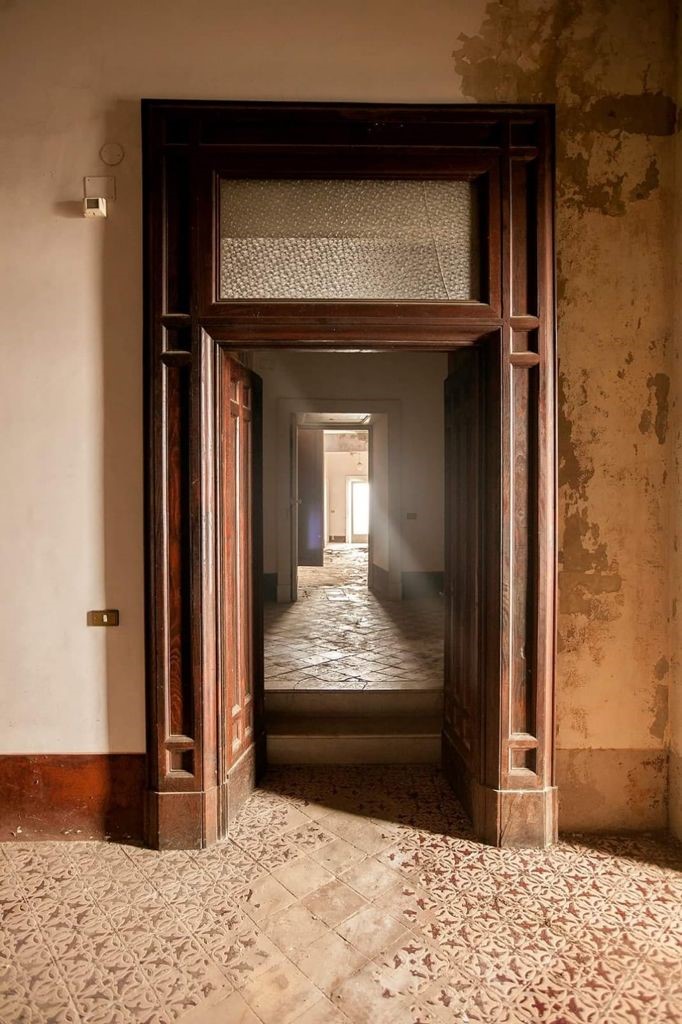
Internal rooms of the Castle
Next to the church we find the entrance to the main rooms.
From the large central hall, renovated in contemporary times, it can be restored to the side rooms in 1800 to make the stay of those who lived there comfortable as well as the rooms of the round towers.
Among the conservative assets in the castle there is the memory of a view of Caiazzo with castle by Vincenzo Severino and in the chapel of a Madonna Assunta by an anonymous painter of the 1600s.
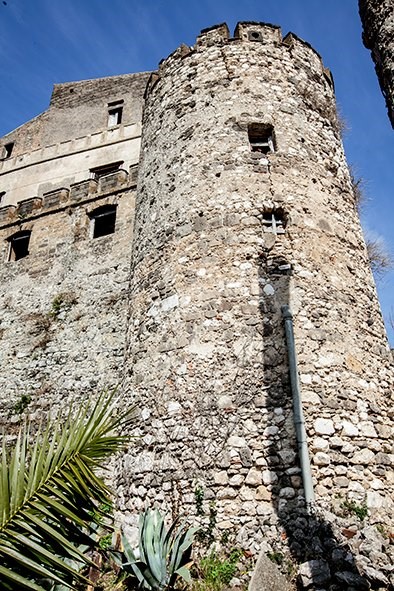
Mastra Tower of the Castle
A terrace with a panoramic view of Caiazzo connects the castle to the main tower. It is the most important building in the size of the entire structure. In history the towers have always played an important role, they served as a lookout but also as elements of prestige.
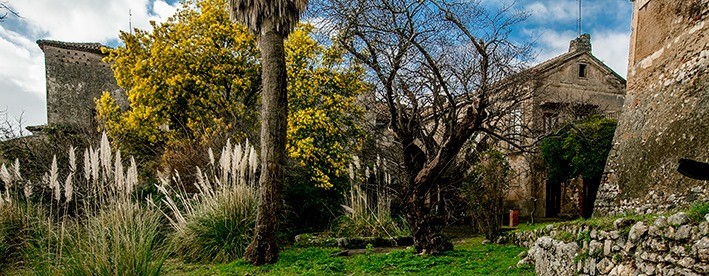
Castle garden
The garden
Renovated in the early 1800s, it was rich in flora from various countries of the world in the center of the garden there was a pond that received rainwater in front of it we still find a monumental cork lime tree.
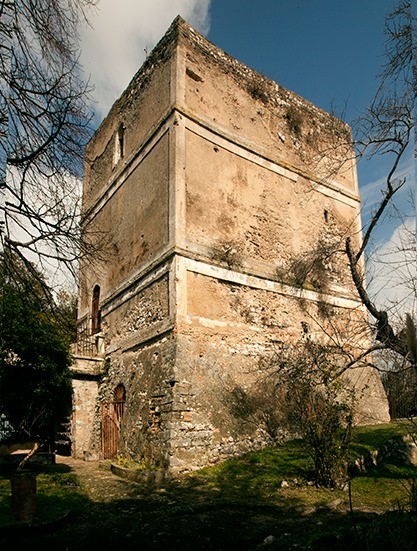
The Mastio
The mastio
The Mastio of Caiazzo has an area of 20-30 meters and has the typical structure of Norman dungeons (masti), squat and square shape with a slope at the base. Marked isolation from the rest of the castle, lack of access to the ground floor, absence of battlements on the crowning.
In it there are environments suitable for carrying out defensive and sighting functions. In the event of a siege, the underground cistern and the kitchen allowed a long resistance as it allowed the preparation of boiling oil for defense.
The signatures and drawings of the Bourbon soldiers victorious over the Garibaldini and of the American soldiers barricaded here during the Second World War are preserved on the internal walls of the dungeon.
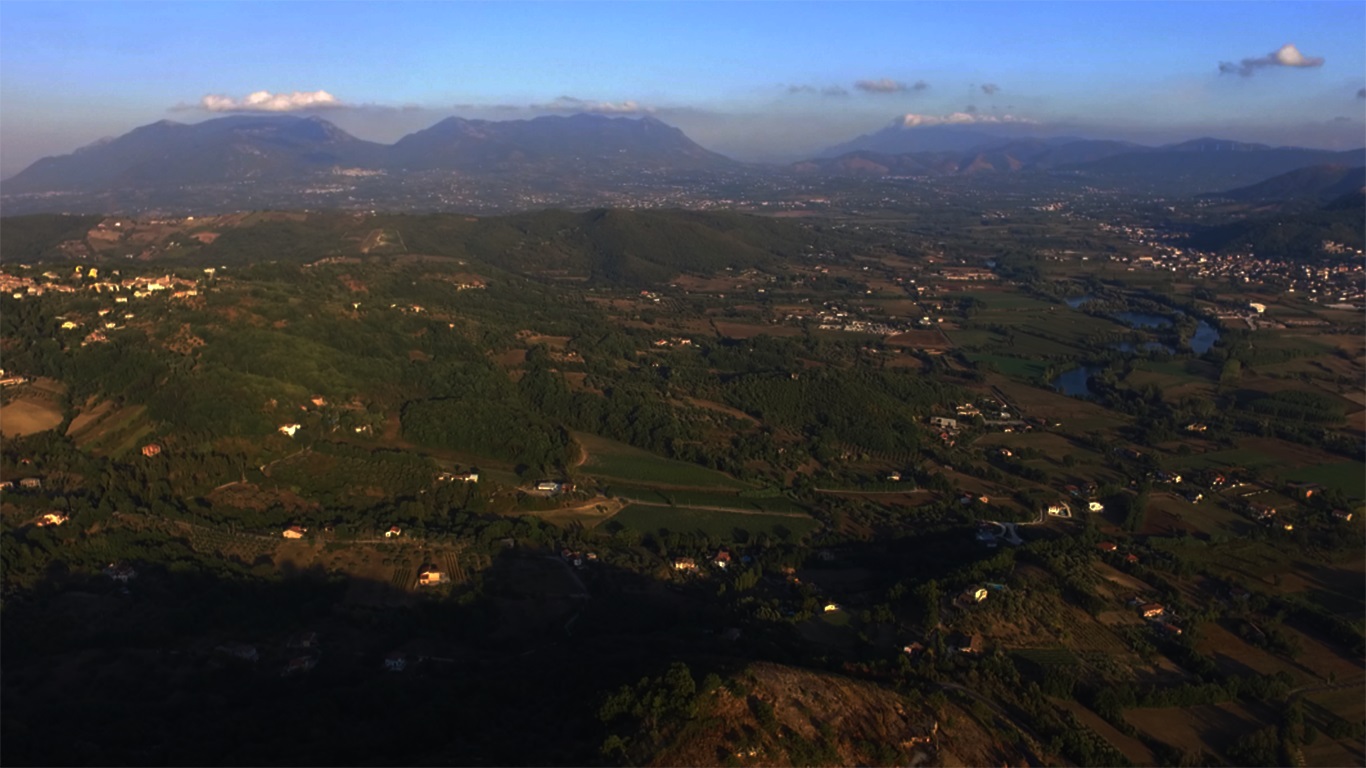
View of the Volturno Valley
Before entering the real structure we can observe the panorama from the Piazzola on the left you can observe the stretch of sea of the Domizio coast then the gaze widens over the entire Volturno valley, Mount Taburno and the Sleeping Beauty.
About the Sleeping Beauty it is linked to a legend:
In 320 BC when Caiazzo was a Roman municipality it is said that a girl of incomparable beauty named Dorina lived at the foot of the castle. She loved to sing and play the lyre and had resisted every loving temptation until the day she met a shepherd of “Mediterranean” beauty.
Dorina to preserve her youth had made a vow of chastity so to resist the shepherd’s flattery she took refuge in Sorrento and cut her hair.
The pastor desperate not to see her again asked the God Apollo to die and at the same time to make his tears and pain immortal. Apollo, to fulfill his requests, transformed it into a cypress of pain and the meaning that death, a symbol itself, gives to life.
Dorina, on the other hand, who had remained insensitive to the shepherd’s pain, was transformed into a mountain range to testify to the marble coldness of the beautiful women.
The Taburno stands out in its form of a beautiful sleeper, the cypress instead eternally green on the castle beside the main tower.
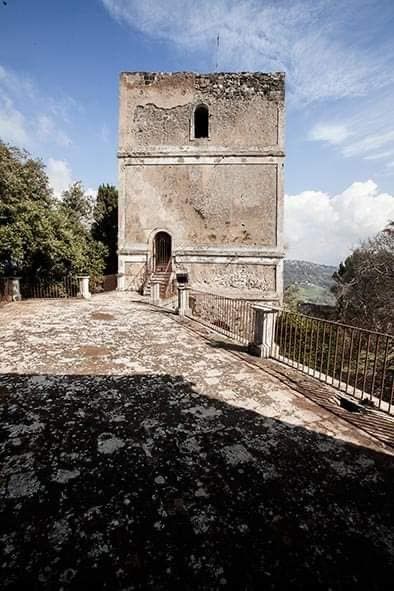
Exterior of the Mastio
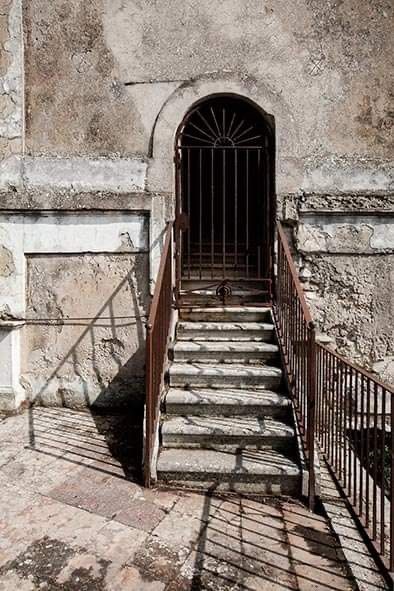
Access ladder to Mastio
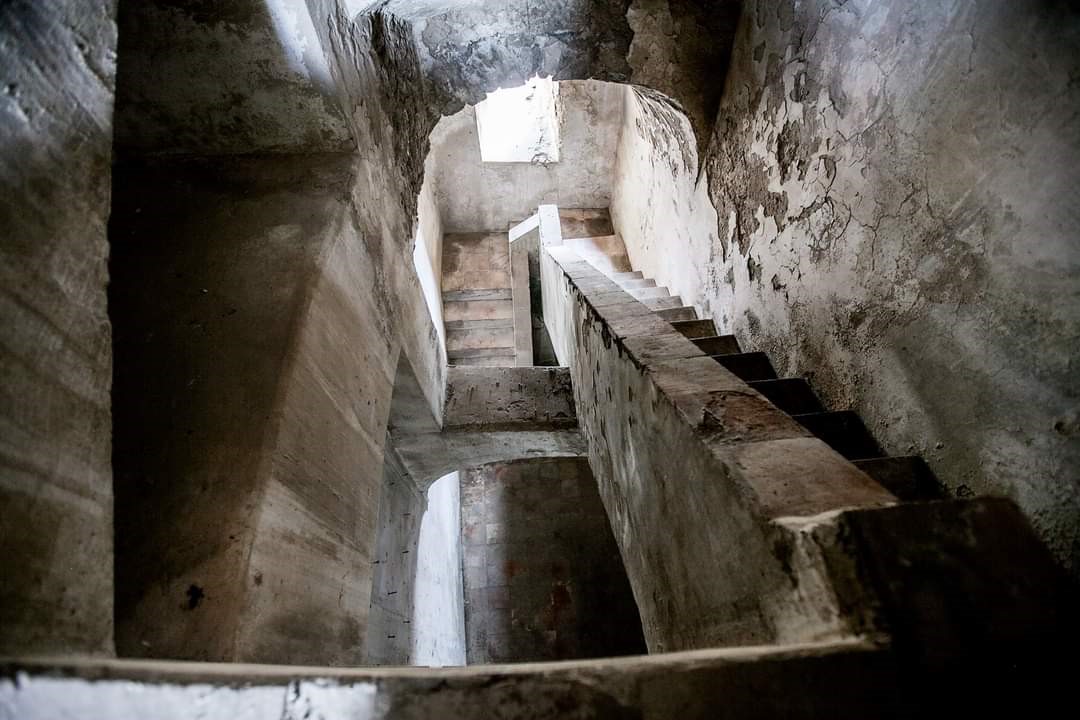
Internal staircase of Mastio
Alfonso and Lucrezia
Around the middle of the 15th century the Aragonese are attested as owners of the castle.
The walls of the main body were thickened to prepare for the use of cannons and the battlements were replaced by Merloni useful to protect the archers from the arrival of fire.
In particular we remember the reign of Alfonso of Aragon and his love story with Lucrezia of Alagno.
Between the rooms of the castle and the large square tower there is an elongated rectangular building, which houses several rooms organized on two levels and ending with a terrace that allows access to the large tower, better known as the “tower of Lucrezia” , because it was one of the places where King Alfonso of Aragon preferred to stay with his favorite Lucrezia d’Alagno and where she waited for her beloved looking out the window.
An important story that lasted until his death despite the difference in age (she was 18 and he was 50). & Nbsp; Lucrezia was the daughter of noble parents: Nicola d’Alagno former dignitary of the powerful King Ladislao and Covella Toraldo. Alfonso and Lucreziathey met in Naples during the feast of San Giovanni Battista. According to the anza, the girls gave their lovers a wheat plant and asked them with money offerings that frius used for the feast. While the king was walking through the streets of the center Lucrezia offered him the map and he enchanted calls he returned Alfonsino with a bag of coins because there was the image of the king on it. According to the chronicles of the time (Loise de Rosa) Lucrezia smiled and held only one Alfonso returned the others saying: “I only need one of Alfonso”. It was love. For her the king bought the castles of Naples, Pozzuoli and Caiazzo but also Lucrezia’s family members had various privileges. For love, Alfonso, after making her a Countess, renamed the keep Torre Lucrezia. It is said that from this tower the young woman climbed to reach her beloved who often rode from Naples to Caiazzo. The relations between the two are said to have remained exclusively intellectuals but surely Lucrezia was able to assert her influence on the sovereign so much that in the chronicles of the time it is reported that those who wanted a favor from the king turned to Madama Lucrezia. However, these graces should not be free as Lucrezia enriched herself considerably and her fame, her prestige, her political strength grew as she had positions of Rango for herself for her family. Lucrezia participated full time in the king’s private and political life. The only obstacle to the fulfillment of Lucrezia’s dreams was Alfonso’s wife, Maria of Castile, sterile and sick could not dare an heir to the King but despite this the Pope refused to declare the marriage null and void. Alfonso he was always lavish with attention to Lucrezia but missing the marriage, upon his death, Lucrezia had to flee. Alfonso’s heirs waged war on her and managed to steal her possessions. Lucrezia lived between Dalmatia and Lorraine and finally in Rome where she died at the age of about 50. Its patrimony was divided between the family and the convent of San Domenico Maggiore. After Alfonso’s death, his son eliminated Lucrezia and gave the fiefs of Caiazzo, Squille, Albignanello to the Roberto di Sanseverino. In 1596 the castle was sold by the last descendant of the Sanseverinos to Matteo de Capua, prince of Conca. In this period Giovan Battista Marino, his secretary, composes the long poem the Adonis in the castle which narrates the love between Venus and Adonis. The castle was also the scene of important contemporary events during the Second World War, the stronghold became the seat of the 5th American army. There are numerous photos of the American army climbing the steps of the castle unfortunately replaced in the 1960s by a concrete road.
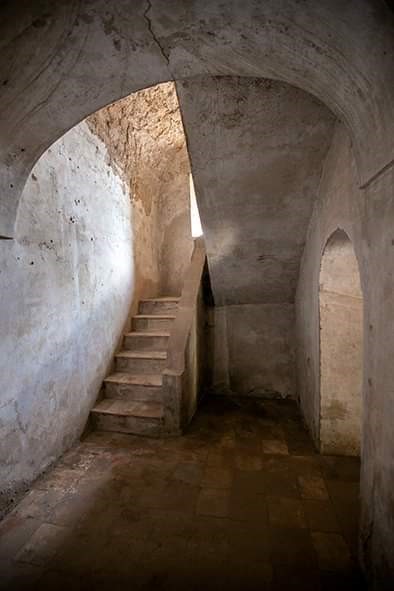
Internal Staircase (Castle)
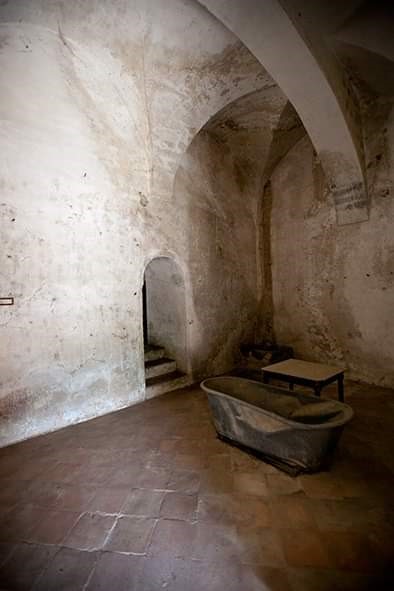
Interior of the Castle
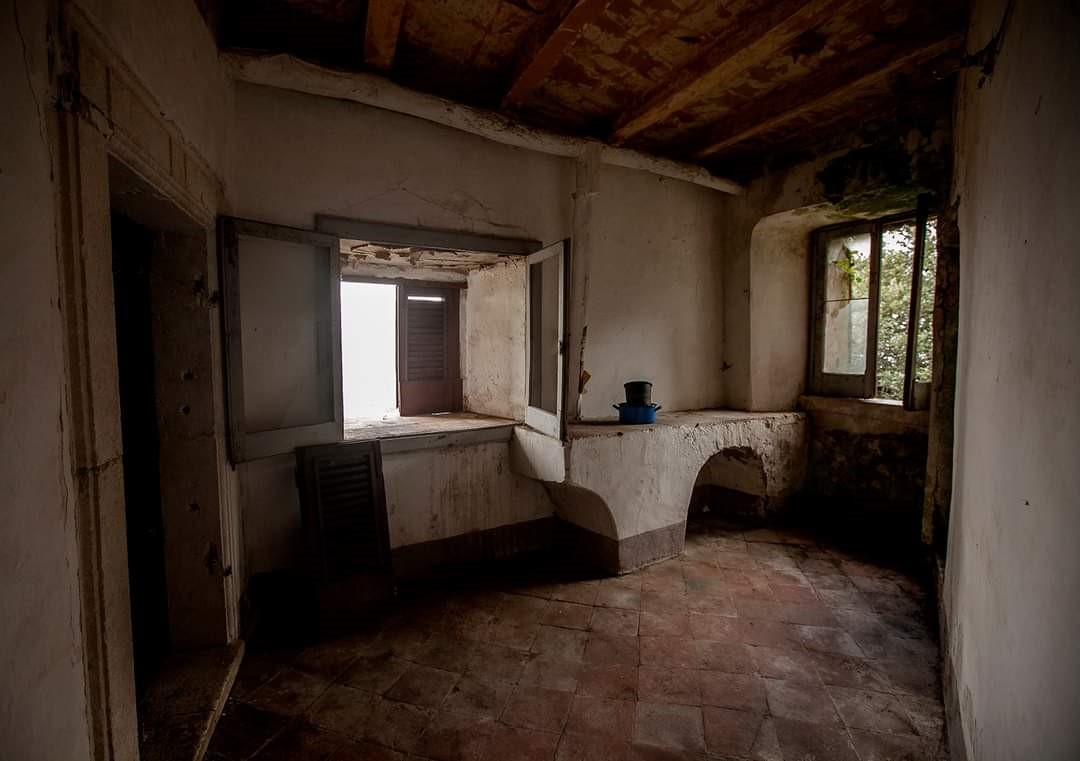
Kitchen interior (Castello)
